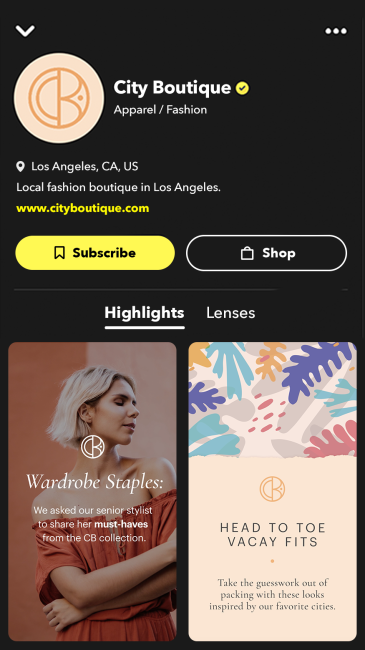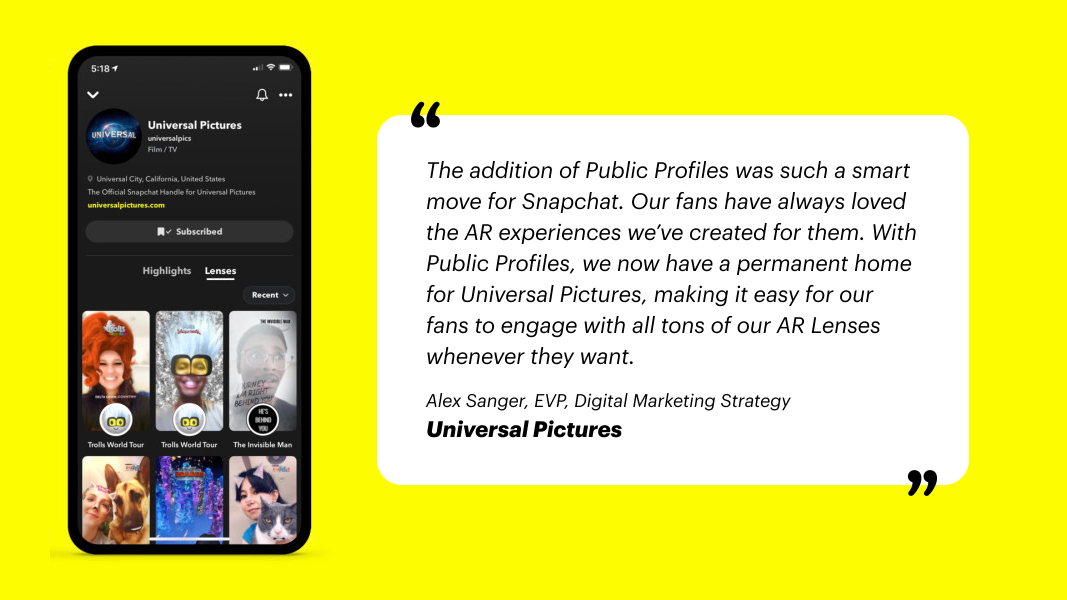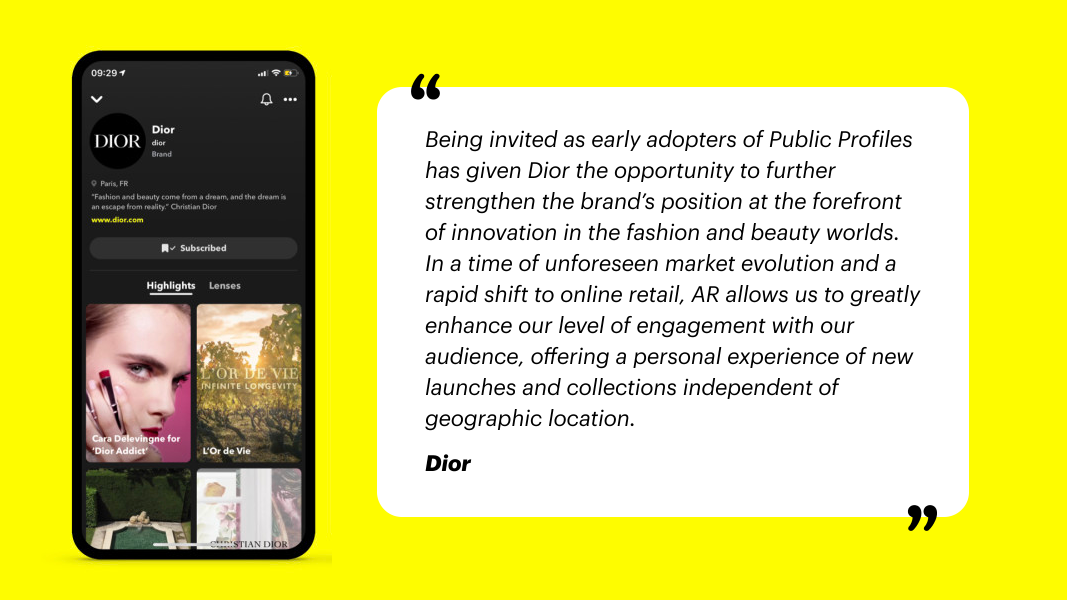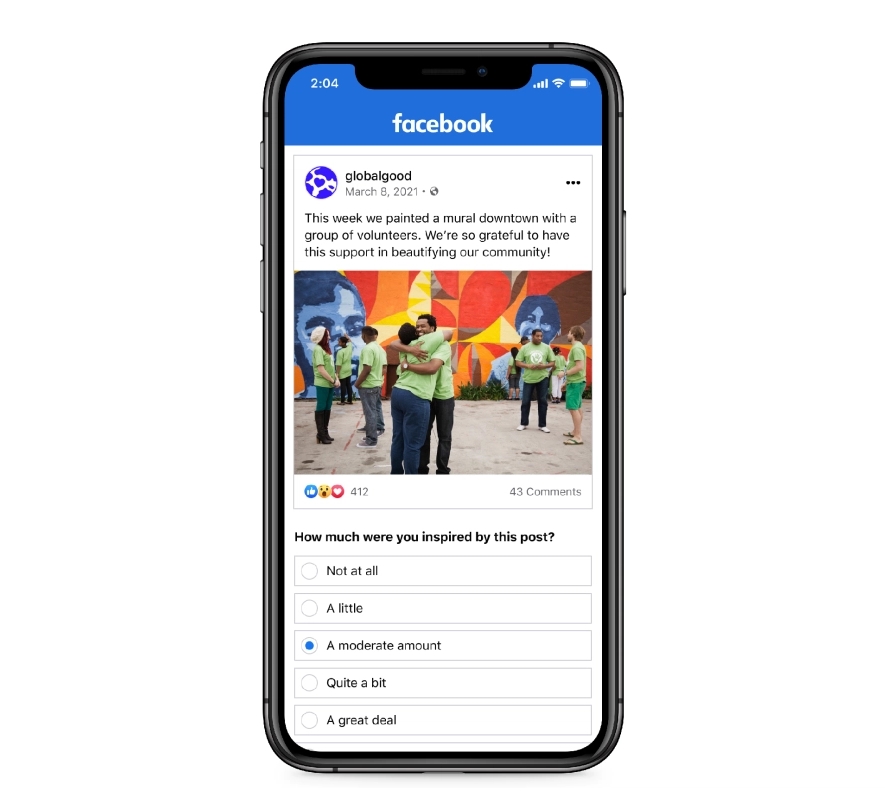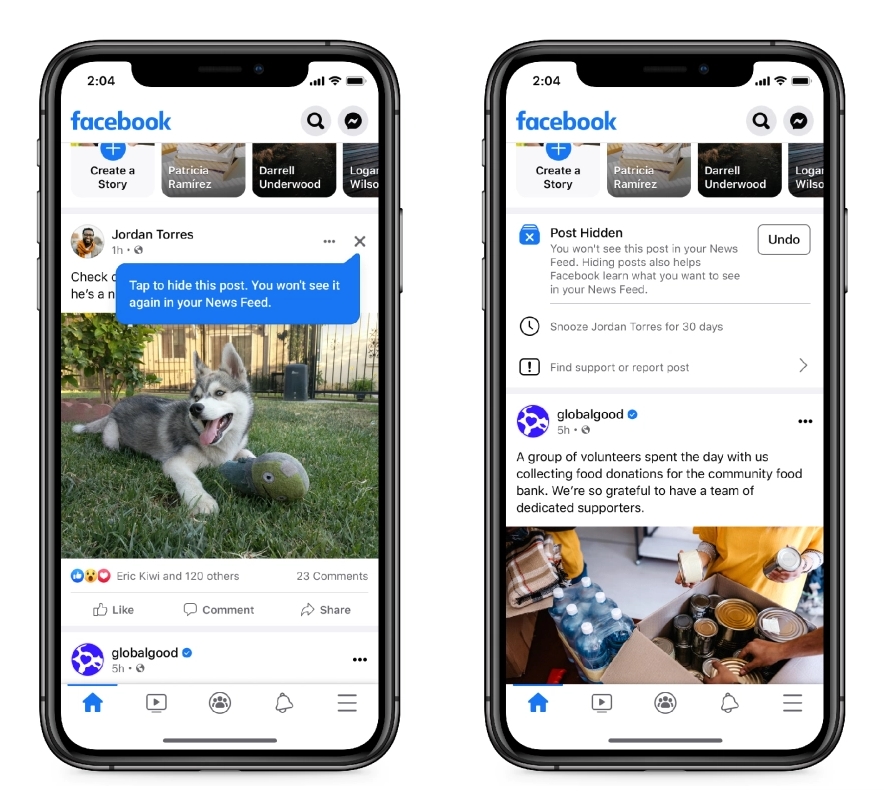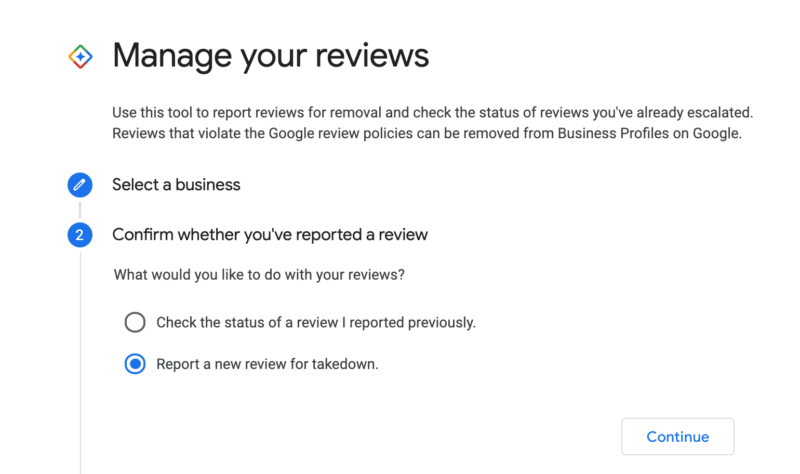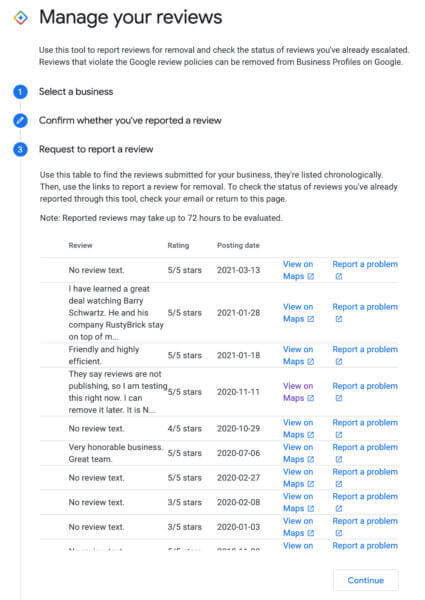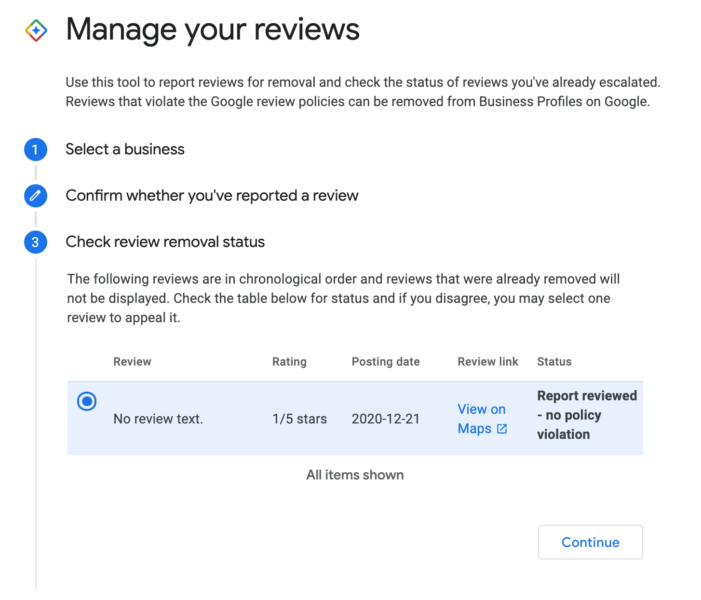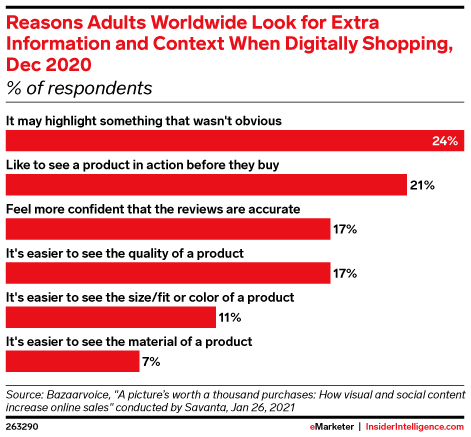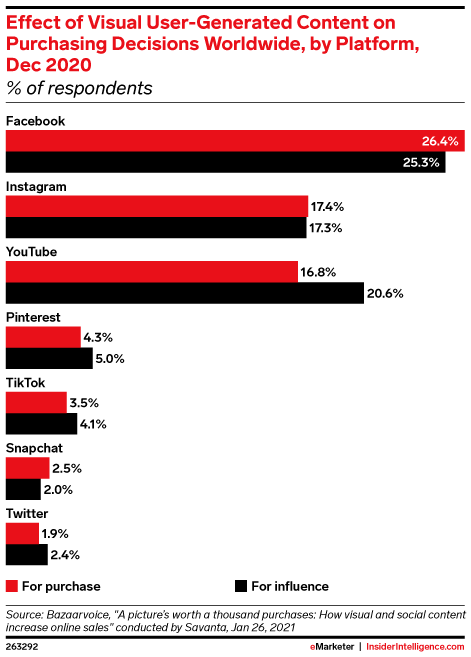YouTube announced that it is introducing an entirely new feed to the front page of its mobile app to help users find videos and creators they’ve never seen before.
As such, the “New to You” feed also aims to introduce creators and channels to wider audiences.
The announcement – in the latest Creator Insider video – says that users have been increasingly complaining that their video recommendations are getting boring. Not only do they tend to show the same type of content over and over, YouTube’s recommendations also have a bad habit of suggesting videos you’ve already watched.
To address this, the video platform created a feed exclusively containing videos and channels from a wider range of sources – and excluding anything you’ve already seen.
Two Ways To Explore New To You
The new feed will be available on the homepage in two distinct ways.
The first way is called New to You on refresh and is reachable through a dedicated button at the top of the page, within the topic carousel.

When tapped, the page will refresh with content from the New to You feed.
New to You on prompt is the second way to explore the feed.
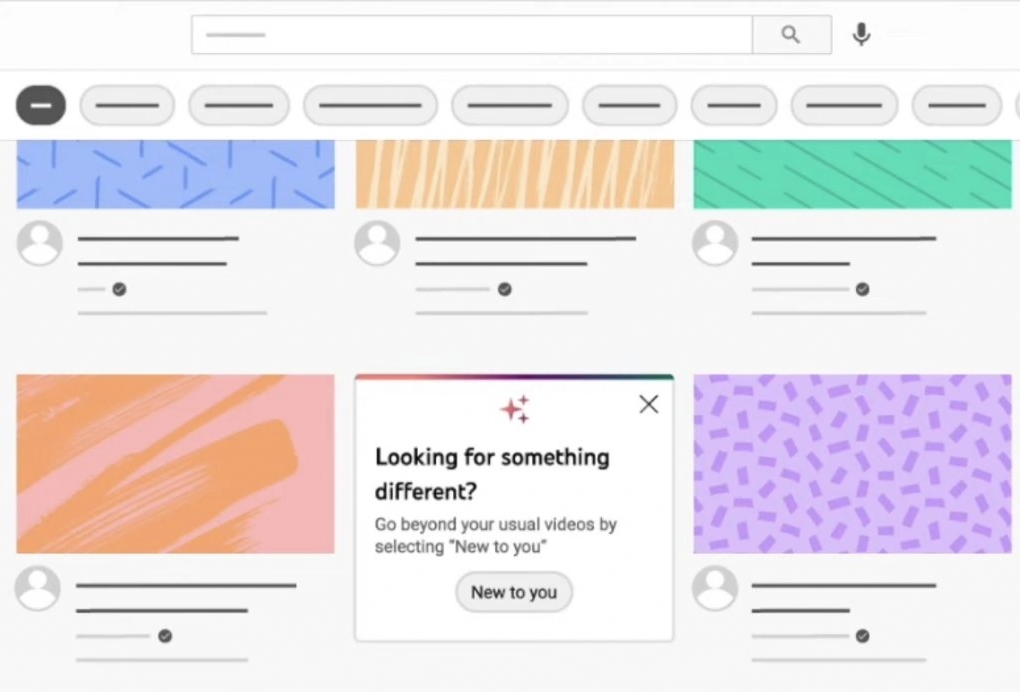
This triggers if you scroll far enough down the main feed without selecting anything to watch.
After scrolling down far enough, a prompt will appear which suggests checking out the “New to You” feed.
How New To You Differs From The Explore Feed
At first glance, the New to You feed might seem very similar to YouTube’s existing Explore feed, though YouTube was quick to establish how they are different.
The main distinction is that YouTube Explore helps users find trending content from a specific topic. However, the content is not necessarily personalized for users.
The New to You feed, in comparison, is entirely personalized based on your own viewing habits.
This means the New to You section may be more likely to show channels and videos directly related to your interests, instead of videos which all fit under a broad topic like “video games” or “music”.
It is unclear exactly when the new feed will be available to all users, but you can find out more about the New to You feed in the announcement video below:

